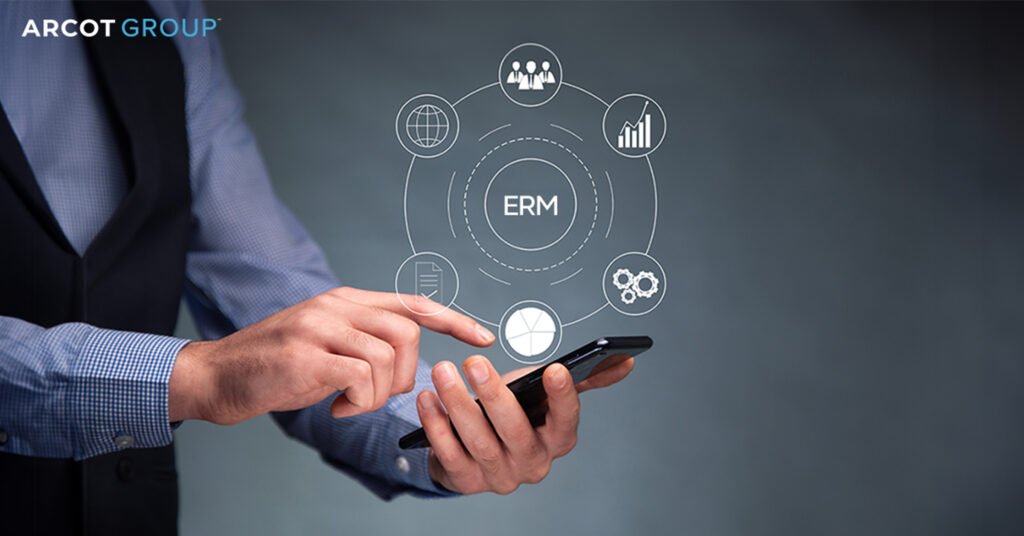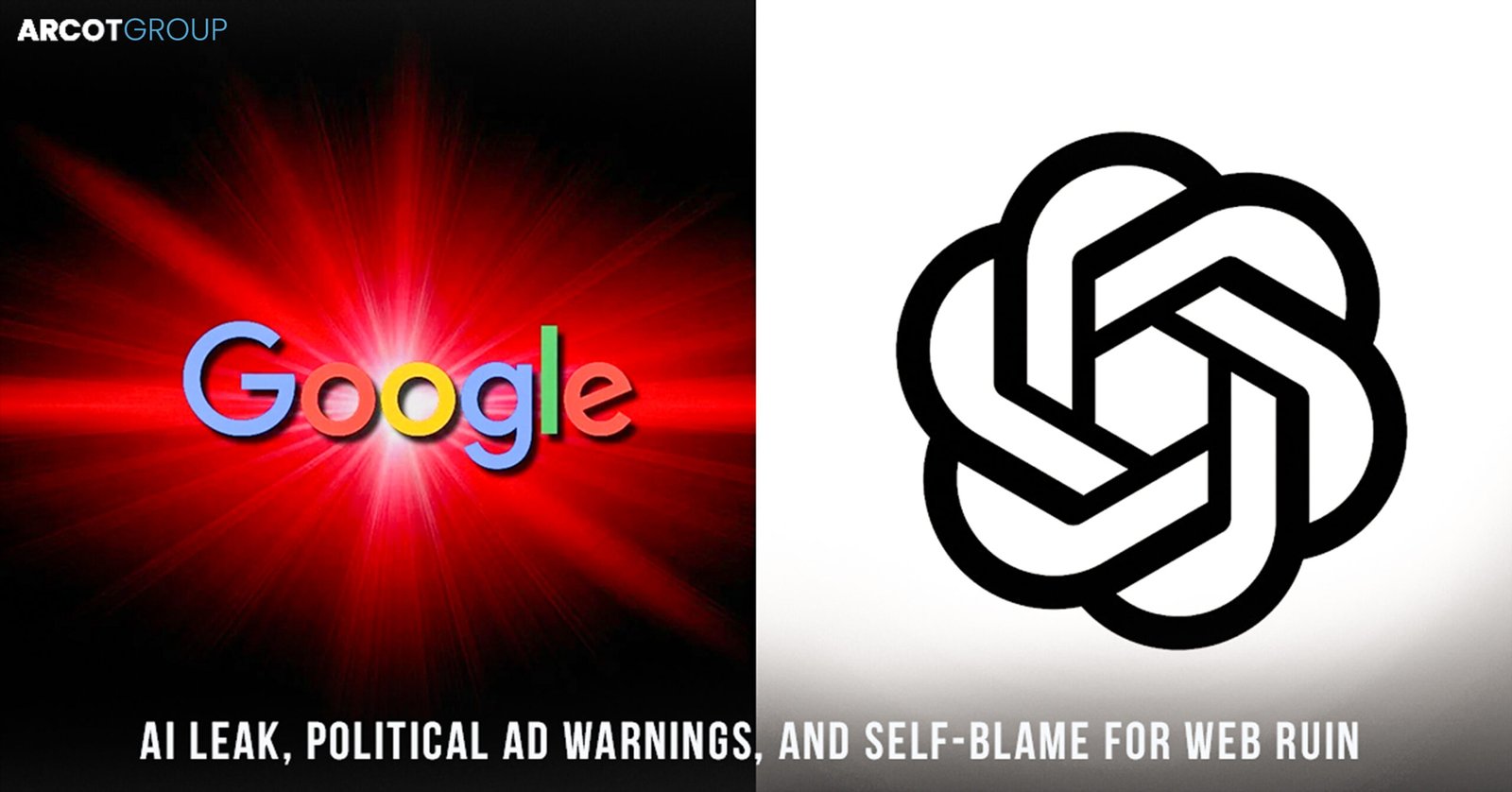ERM Integration: How It Works and Why You Need It
In today’s dynamic business landscape, risks lurk around every corner. To thrive and adapt, organizations must be equipped to identify, assess, and mitigate these risks effectively. That’s where Enterprise Risk Management integration ERM comes into play. In this comprehensive guide, we will delve into the intricacies of Enterprise Risk Management integration—how it works, its significance, and why your organization needs it.
Section 1: Introduction to Enterprise Risk Management Integration
Understanding Enterprise Risk Management
Enterprise Risk Management is a holistic approach to identifying, assessing, and managing risks across an organization. It involves integrating risk management into all aspects of decision-making, from strategic planning to daily operations.
The Need for Integration
While Enterprise risk management has been a crucial practice, integrating it into your organization’s core processes takes it to the next level. It ensures that risk management becomes a natural part of your business strategy.
Section 2: How Enterprise Risk Management Integration Works
1. Identifying Risks
The first step in Enterprise Risk Management integration is identifying potential risks. This involves assessing both internal and external factors that could impact your organization’s objectives.
2. Assessing Risks
Once identified, risks are assessed for their potential impact and likelihood. Advanced analytics and risk modeling tools are often used in this stage to quantify and prioritize risks.
3. Mitigation Strategies
After assessing risks, mitigation strategies are developed to minimize their impact or likelihood. These strategies may include process improvements, contingency plans, or risk transfer mechanisms.
Section 3: Benefits of Enterprise Risk Management Integration
1. Enhanced Decision-Making
Enterprise Risk Management integration provides decision-makers with a comprehensive view of potential risks, enabling them to make informed choices that align with organizational goals.
2. Improved Resilience
By proactively addressing risks, organizations become more resilient. They can adapt to unexpected challenges and continue to thrive even in adverse conditions.
3. Cost Reduction
Identifying and mitigating risks early can save your organization money in the long run. It reduces the financial impact of unexpected events.
Section 4: Real-World Examples
Case Study 1: XYZ Corporation
Learn how XYZ Corporation implemented ERM integration and successfully navigated a supply chain disruption, minimizing revenue loss and customer dissatisfaction.
Case Study 2: ABC Healthcare
Discover how ABC Healthcare improved patient safety by integrating ERM into their healthcare delivery processes, reducing medical errors and malpractice claims.
Section 5: Key Elements of ERM Integration
1. Risk Culture
Establishing a risk-aware culture is crucial. It encourages employees at all levels to identify and report potential risks.
2. Data and Technology
Leverage advanced data analytics and technology to gather and process risk-related information efficiently.
3. Governance and Oversight
Assign responsibility for ERM integration to a dedicated team or individual. Regular oversight ensures the program’s effectiveness.
Section 6: Overcoming Challenges
1. Resistance to Change
Resistance to ERM integration may arise. Effective communication and training can help employees embrace the changes.
2. Data Integration Issues
Integrating data from various sources can be challenging. Invest in robust data integration solutions to streamline the process.
3. Resource Constraints
Small and medium-sized organizations may face resource constraints. ERM integration can be scaled to fit your organization’s size and budget.
Section 7: ERM Integration Best Practices
1. Start Small, Scale Up
Begin with a pilot program to test ERM integration in a specific area. Once proven successful, expand its implementation.
2. Engage Stakeholders
Involve employees, management, and stakeholders in the ERM integration process. Their insights and feedback are invaluable.
3. Continuous Improvement
ERM integration is an ongoing process. Regularly review and update your risk management strategies.
Section 8: Measuring the Impact
1. Key Performance Indicators (KPIs)
Identify KPIs to measure the effectiveness of ERM integration. These may include risk reduction rates, cost savings, and improved decision-making.
2. Feedback Loops
Establish feedback mechanisms to gather input from employees and stakeholders. Use this feedback to refine your ERM integration strategy.
3. Benchmarking
Compare your organization’s ERM performance with industry benchmarks to identify areas for improvement.
Section 9: ERM Integration and Compliance
1. Regulatory Requirements
Many industries have regulatory requirements for risk management. ERM integration helps ensure compliance with these regulations.
2. Legal Protection
In the event of a crisis, demonstrating that your organization has a robust ERM integration program in place can provide legal protection.
3. Reputation Management
Proactive risk management through ERM integration safeguards your organization’s reputation, which can be invaluable in the long run.
Section 10: The Future of ERM Integration
1. Artificial Intelligence (AI) and Predictive Analytics
AI and predictive analytics will play a significant role in the future of ERM integration, enabling organizations to anticipate risks more accurately.
2. Globalization and ERM
As businesses expand globally, ERM integration will become even more critical in navigating complex international risks.
3. Sustainability Risks
Environmental and social risks will gain prominence in ERM integration as organizations face increasing pressure to address sustainability concerns.
Conclusion: Embrace ERM Integration for a Resilient Future
In a world of uncertainty, Enterprise risk management integration empowers organizations to thrive, adapt, and excel. By understanding how it works and recognizing why you need it, you position your organization for long-term success. Enterprise risk management integration is not just a best practice; it’s a strategic imperative. Embrace it, invest in it, and watch your organization flourish in an ever-changing business landscape.




